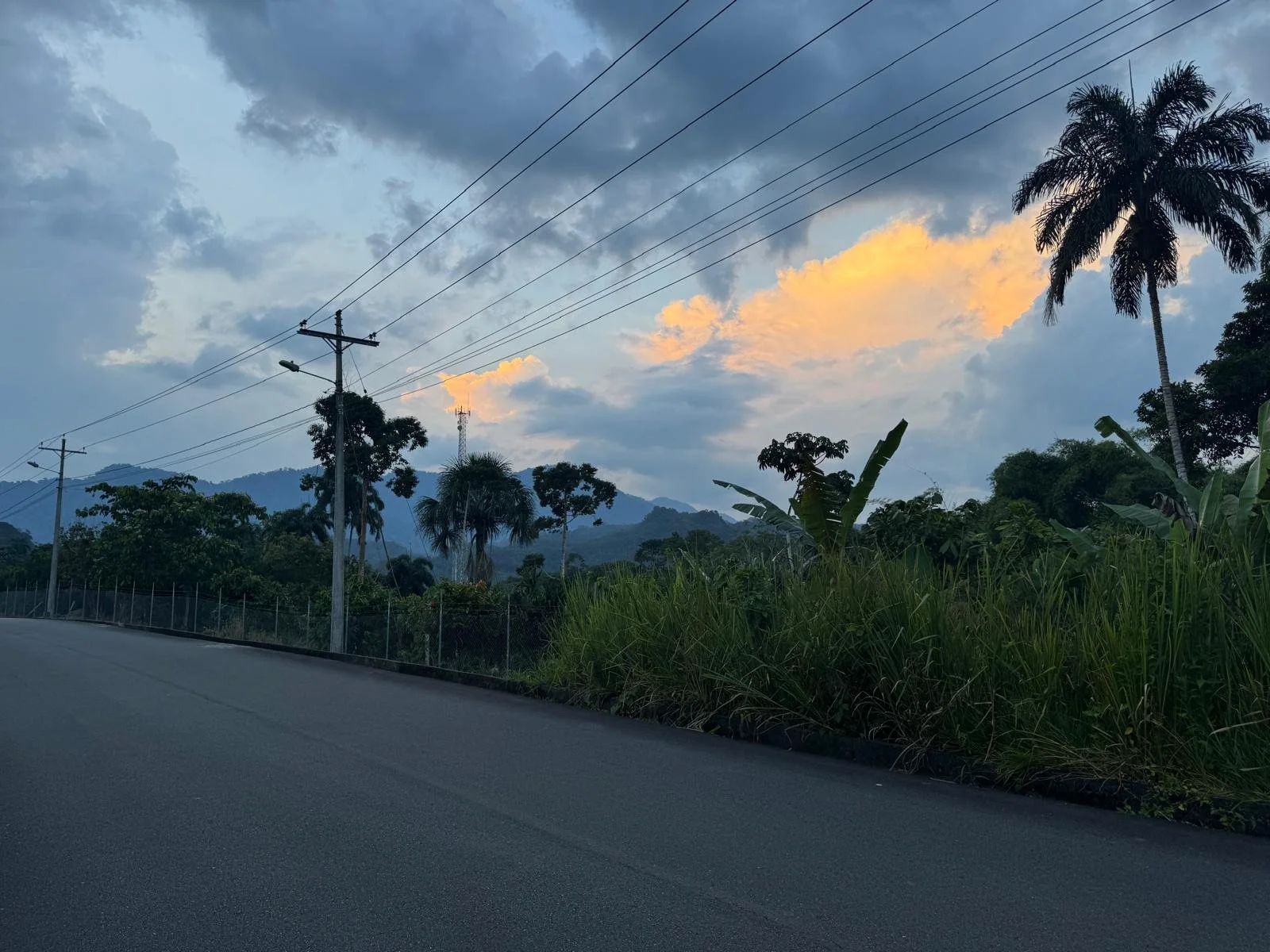By Emily Churchill
I love living in Quito because it’s close to so many amazing destinations for short getaways. Like many people, I’ve spent much of the past year staring at a computer screen, but I’ve still taken advantage of safe opportunities to get out and explore when possible.
A few weekends ago, my boyfriend and I drove three hours south of Quito to the Hosteria La Andaluza, just outside of Riobamba. It’s a beautiful inn at the base of Chimborazo volcano. (Unfortunately, because it’s the rainy season, Chimborazo did not reveal her magnificence to us on this particular trip.)
The property has existed for almost 500 years under many different owners. It’s claim to fame is that Simon Bolivar, one of South America’s most famous libertadores, stayed at the property on his many trips passing through Ecuador. You can even stay in the room where he slept!
The property is beautiful and is home to many furry friends, including llamas, horses, cats, and an entire patio filled with rabbits. The hotel staff keep a basket of carrots in the patio for anyone who wants to feed them. I was lucky enough to become friends with the adorable rabbit pictured in this post.
The hotel has a beautiful spa and a wonderful restaurant which serves a mix of traditional Ecuadorian dishes, as well as some international ones. There is also lots of colonial and 19th century artwork to explore throughout the hotel.
The hotel staff did a great job of implementing COVID-friendly guidelines and precautions and there was plenty of room between guests at all times. We thoroughly enjoyed our weekend at Hosteria La Andaluza and we hope to return sometime during the dry season to catch a glimpse of Chimborazo!










